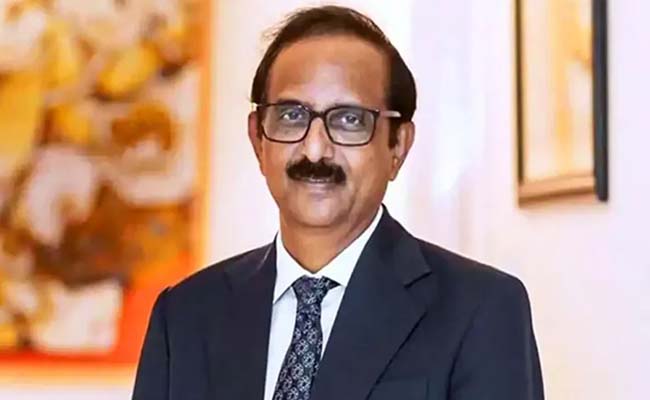C S Setty, chairman, State Bank of India, said, “India’s Digital Public Infrastructure has revolutionized access through Aadhaar, UPI, and Jan Dhan, and the next frontier lies in DPI 2.0 platforms like Account Aggregator and Unified Lending Interface (ULI). To unlock their full potential, banks must go beyond transactions and deliver seamless, end-to-end digital experiences to the customers that combine trust, simplicity, and omni-channel support leveraging GenAI as well. ”.
Mumbai: Indian Banks need to move beyond credit risk and manage emerging macro risks, e.g., climate, cyber and geo-political risks and the Banking sector will benefit from creating new utilities for emerging risks like climate finance and transaction monitoring, said a report on Monday.
Boston Consulting Group (BCG) in association with FICCI and Indian Banks’ Association has released a report titled “Charting New Frontiers”.
The report emphasized that India is at a critical inflection point in its development trajectory, where the next two decades could transform today’s momentum into sustained global leadership. Realizing its ambitious ‘Viksit Bharat Mission’ will hinge on the evolution of a robust, innovative, and resilient banking and financial sector, capable of supporting India’s aspirations for sustainable, inclusive growth.
A joint push by industry participants, government, and regulators will be critical to this journey, said the report. .
Key actions:
-Banks to leverage alternate data for underwriting and build capabilities to manage emerging risks.
-Regulators to provide greater flexibility to banks in providing corporate credit and promote world class utilities for Climate, Cyber and Fraud risks like NPCI, Credit Bureau.
-Government to fast-track implementation of DPI 2.0 and standardize KYC norms across financial products.
According to the report, for India to meet its Viksit Bharat targets, banking assets need to grow at 3.0–3.5 percentage points faster than its nominal GDP. Currently, economies and their banking sector operate in a complex, multipolar world with volatile trade flows, shifting supply chains and geopolitical risks. The combined disruption of AI/ GenAI and shifting consumer expectations is unfolding at a scale never seen in the last few decades.
C S Setty, chairman, State Bank of India, said, “India’s Digital Public Infrastructure has revolutionized access through Aadhaar, UPI, and Jan Dhan, and the next frontier lies in DPI 2.0 platforms like Account Aggregator and Unified Lending Interface (ULI). To unlock their full potential, banks must go beyond transactions and deliver seamless, end-to-end digital experiences to the customers that combine trust, simplicity, and omni-channel support leveraging GenAI as well. By doing so, banks can deepen inclusion, strengthen customer relationships, and create a truly world-class digital banking ecosystem.”.
However, despite a decade of digitization, real productivity gains have been limited, with only about 1% annual improvement over the past 15 years after adjusting for inflation and capacity growth, pointed out the report.
AI/ GenAI promises transformational capabilities. With mature deployment, 35-40% of current low value activities can be automated.AI/ GenAI programs have to be business led, enabled by engineering teams.
Unified Lending Interface(ULI) has the potential to create a UPI-like explosion in lending. Regulators, Government and Financial Services sector, all will need to work together to build access and digital registries to enable this (e.g., digital land records).
Non-bank (especially UPI) apps are perceived to be more user friendly and intuitive.
However, customers still prefer to use their banks for loans and investments.
The challenge with banks is that their digital journeys involve a lot of friction and adoption issues. AI/ GenAI can enable seamless journeys and personalization with conversational and agentic journeys.
DPI 2.0 aims to achieve more complex use cases — consent management and lending. It will need to be designed in a manner that will enable as frictionless transactions as with DPI 1.0.
Ruchin Goyal, managing director and senior partner at BCG, and a co-author of the report, said, ‘‘he sector has a unique opportunity to unlock the next wave of growth by leveraging alternate data and DPI 2.0 to bring millions of new-to-credit households and MSMEs into the formal lending system. At the same time, banks must move beyond incremental productivity gains and use GenAI for a step-change—rewiring core processes, redeploying capacity to higher-value activities, and setting new global benchmarks for efficiency. If they act decisively, banks won’t just support the mission—they’ll become the very engine of Viksit Bharat.”

